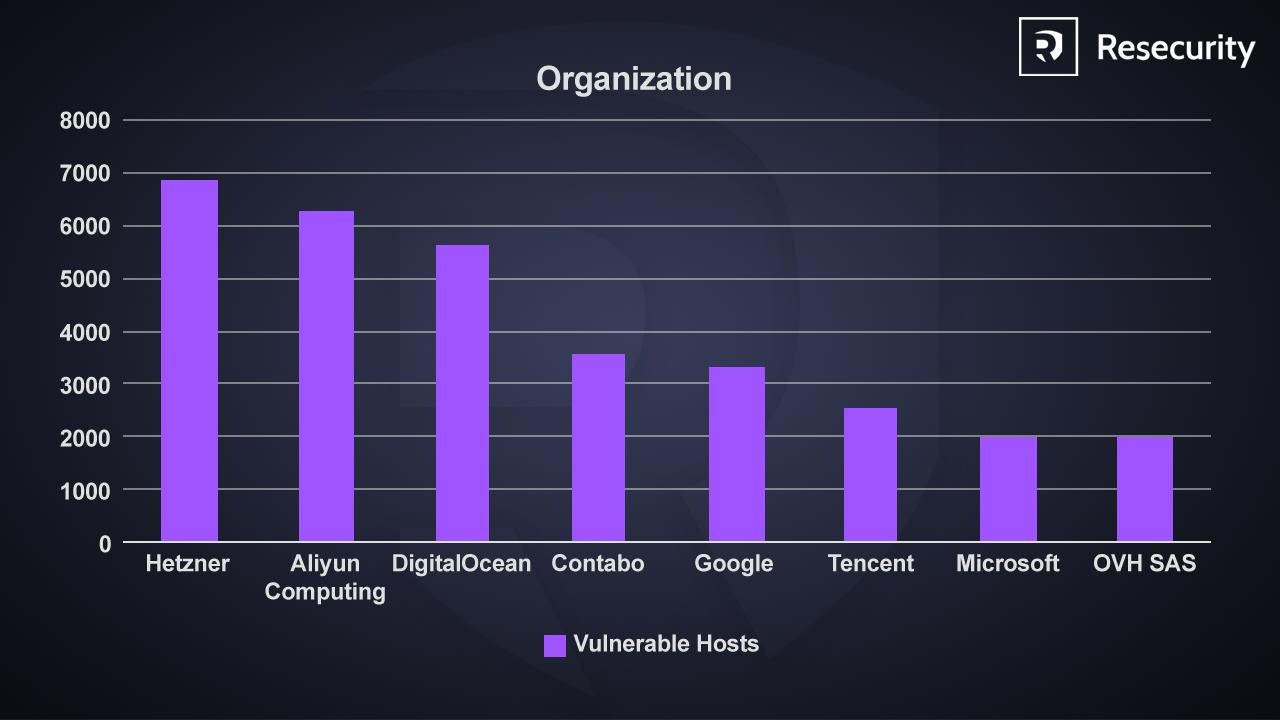Security experts from the 360 Core Security Team have found and successfully exploited a buffer out-of-bounds write vulnerability in EOS node when parsing a WASM file.
Vulnerability Description
We found and successfully exploit a buffer out-of-bounds write vulnerability in EOS when parsing a WASM file.
To use this vulnerability, attacker could upload a malicious smart contract to the nodes server, after the contract get parsed by nodes server, the malicious payload could execute on the server and take control of it.
After taken control of the nodes server, attacker could then pack the malicious contract into the new block and further control all nodes of the EOS network.
Vulnerability Reporting Timeline
2018-5-11 EOS Out-of-bound Write Vulnerability Found
2018-5-28 Full Exploit Demo of Compromise EOS Super Node Completed
2018-5-28 Vulnerability Details Reported to Vendor
2018-5-29 Vendor Fixed the Vulnerability on Github and Closed the Issue
2018-5-29 Notices the Vendor the Fixing is not complete
Some Telegram chats with Daniel Larimer:
We trying to report the bug to him.
He said they will not ship the EOS without fixing, and ask us to send the report privately since some people are running public test nets
He provided his mailbox and we send the report to him
EOS fixed the vulnerability and Daniel would give the acknowledgment.
Technical Detail of the Vulnerability
This is a buffer out-of-bounds write vulnerability
At libraries/chain/webassembly/binaryen.cpp (Line 78),Function binaryen_runtime::instantiate_module:
for (auto& segment : module->table.segments) {
Address offset = ConstantExpressionRunner<TrivialGlobalManager>(globals).visit(segment.offset).value.geti32();
assert(offset + segment.data.size() <= module->table.initial);
for (size_t i = 0; i != segment.data.size(); ++i) {
table[offset + i] = segment.data[i]; <= OOB write here !
}
}
Here table is a std::vector contains the Names in the function table. When storing elements into the table, the |offset| filed is not correctly checked. Note there is an assert before setting the value, which checks the offset, however, unfortunately, |assert| only works in Debug build and does not work in a Release build.
The table is initialized earlier in the statement:
table.resize(module->table.initial);
Here |module->table.initial| is read from the function table declaration section in the WASM file and the valid value for this field is 0 ~ 1024.
The |offset| filed is also read from the WASM file, in the data section, it is a signed 32-bits value.
So basically with this vulnerability, we can write to a fairly wide range after the table vector’s memory.
How to reproduce the vulnerability
- Build the release version of latest EOS code
./eosio-build.sh
- Start EOS node, finish all the necessary settings described at:
https://github.com/EOSIO/eos/wiki/Tutorial-Getting-Started-With-Contracts
- Set a vulnerable contract:
We have provided a proof of concept WASM to demonstrate a crash.
In our PoC, we simply set the |offset| field to 0xffffffff so it can crash immediately when the out of bound write occurs.
To test the PoC:
cd poc
cleos set contract eosio ../poc -p eosio
If everything is OK, you will see nodes process gets a segment fault.
The crash info:
(gdb) c Continuing. Program received signal SIGSEGV, Segmentation fault. 0x0000000000a32f7c in eosio::chain::webassembly::binaryen::binaryen_runtime::instantiate_module(char const*, unsigned long, std::vector<unsigned char, std::allocator<unsigned char> >) () (gdb) x/i $pc => 0xa32f7c <_ZN5eosio5chain11webassembly8binaryen16binaryen_runtime18instantiate_moduleEPKcmSt6vectorIhSaIhEE+2972>: mov %rcx,(%rdx,%rax,1) (gdb) p $rdx $1 = 59699184 (gdb) p $rax $2 = 34359738360 Here |rdx| points to the start of the |table| vector, And |rax| is 0x7FFFFFFF8, which holds the value of |offset| * 8.
Exploit the vulnerability to achieve Remote Code Execution
This vulnerability could be leveraged to achieve remote code execution in the nodeos process, by uploading malicious contracts to the victim node and letting the node parse the malicious contract. In a real attack, the attacker may publish a malicious contract to the EOS main network.
The malicious contract is first parsed by the EOS supernode, then the vulnerability was triggered and the attacker controls the EOS super node which parsed the contract.
The attacker can steal the private key of super nodes or control content of new blocks. What’s more, attackers can pack the malicious contract into a new block and publish it. As a result, all the full nodes in the entire network will be controlled by the attacker.
We have finished a proof-of-concept exploit, and tested on the nodeos build on 64-bits Ubuntu system. The exploit works like this:
- The attacker uploads malicious contracts to the nodeos server.
- The server nodeos process parses the malicious contracts, which triggers the vulnerability.
- With the out of bound write primitive, we can overwrite the WASM memory buffer of a WASM module instance. And with the help of our malicious WASM code, we finally achieve arbitrary memory read/write in the nodeos process and bypass the common exploit mitigation techniques such as DEP/ASLR on 64-bits OS.
- Once successfully exploited, the exploit starts a reverse shell and connects back to the attacker.
You can refer to the video we provided to get some idea about what the exploit looks like, We may provide the full exploit chain later.
The Fixing of Vulnerability
Bytemaster on EOS’s github opened issue 3498 for the vulnerability that we reported:
And fixed the related code
But as the comment made by Yuki on the commit, the fixing still has problems on 32-bits process and not so perfect.
















